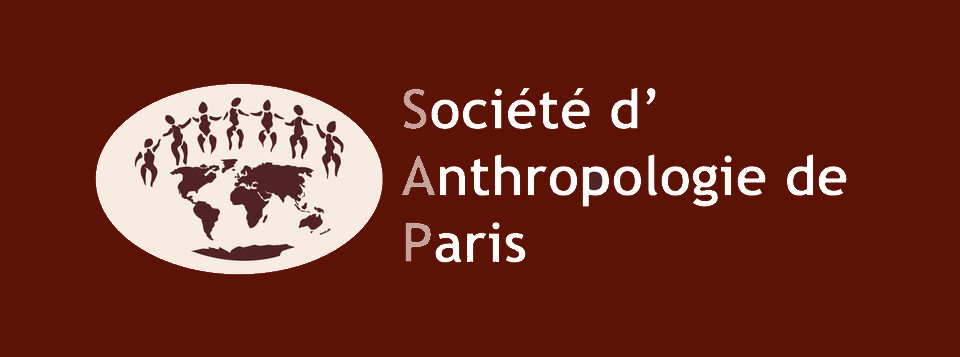January 27-29 , 2016 (Musée des Confluences, Lyon)
Theme 1: The study of the populations of the Near East and the nearby regions: an interdisciplinary perspective
Invited speaker: I. HERSHKOVITZ, O. MARDER et O. BARZILAI, Human occupation of the southern Levant at the Terminal Middle Paleolithic
Theme 2: Acquisition, manipulation, and dissemination of biological anthropological quantitative data
Invited speaker: H.C. PETERSEN, Acquisition, manipulation, and dissemination of biological anthropological quantitative data - An essay of introduction
Osteometry and the development of new instruments of measurement are closely linked to the history of biological anthropology and the study of past populations. At a time when new techniques for acquiring quantitative data multiply in biological anthropology, both in the field and in the laboratory, two observations can be made. On one hand, we know little about instrument accuracy and reproducibility of methods; on the other hand, quantitative data generated in great quantity are not commonly shared. The objective of this theme is to discuss these aspects, focusing particularly on osteometric data but also to other types of quantitative data (e.g. number of elements, weight data). New acquisition techniques (e.g. photogrammetry, CT scanners) and their usefulness will also be discussed, without focussing on the technical details. The points covered will include:
- methods of data acquisition, directly (on the objects of study) / indirectly (e.g. 3D models), both in the field and in the laboratory;
- Accuracy and reproducibility of measurements;
- Acquisition of osteometric data in the context of rescue archaeology and its contribution to basic research;
- Databases and dissemination of raw data (bone library, museums, etc.);
- Influence of repeated measurements on the preservation and curation of human remains.
This theme will take the form of a symposium. After a guest presentation, it will focus on poster displays and very short oral presentations of them, followed by wide-ranging discussions in front of the posters. A lengthy discussion time will enable the exchange of experiences between participants (i.e. members of different institutions) with the goal of formulating concrete proposals for the sharing of such data.
Theme 3 : Scientific breaking news
This theme will host new research from the discipline, including recent discoveries or methodological advances.
Scientific Committee |
Organising Committee |



